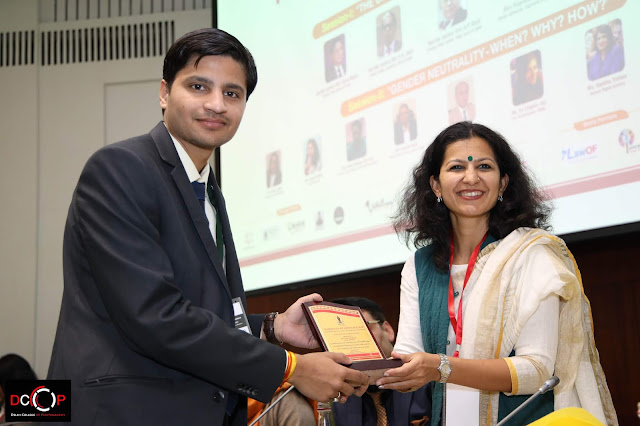Creating Socially Responsible Supply Chain

Corporate Social Responsibility. Image Credits: Sophia Griffiths Supply chain management or SCM in short, easily qualifies as one of the most researched topics when it comes to business or management. Ever since Toyota adopted the lean SCM model back in the seventies, a noticeable paradigm shift was seen in nearly every organization that directly or indirectly added some value to this supply cycle, one that starts from the supplier and ends at the consumer. With the passage of time, new developments in the supply chain were instrumental in bringing about a change no less than some revolution. One such harbinger was the concept of ‘social responsibility’. Various permutations and combinations revolve around the accepted definition of corporate social responsibility (CSR) but for the layman, it can be penned down as, “giving back to anyone and everyone involved in the supply chain hierarchy, both morally and economically.” Industry veterans like Intel are pub...





